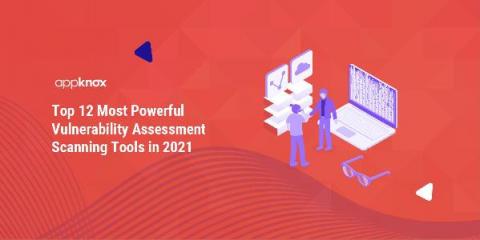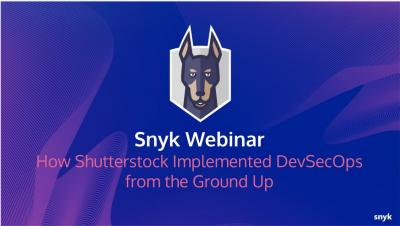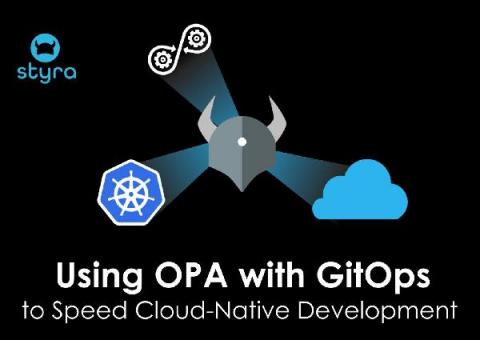Security operations center, Part 2: Life of a SOC analyst
In the first part of this blog series, we saw a brief overview of what a security operations center (SOC) is and how it operates. In this part, we’ll take a look at the typical activities that SOC analysts carry out every day to protect their organization from constantly evolving cyber threats and the skill sets that come in handy in effectively carrying out their duties.











